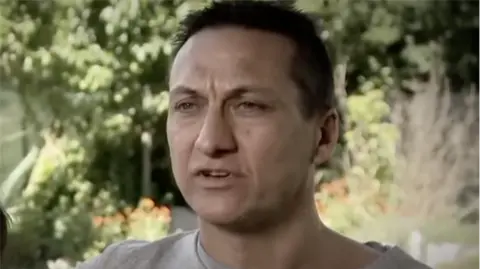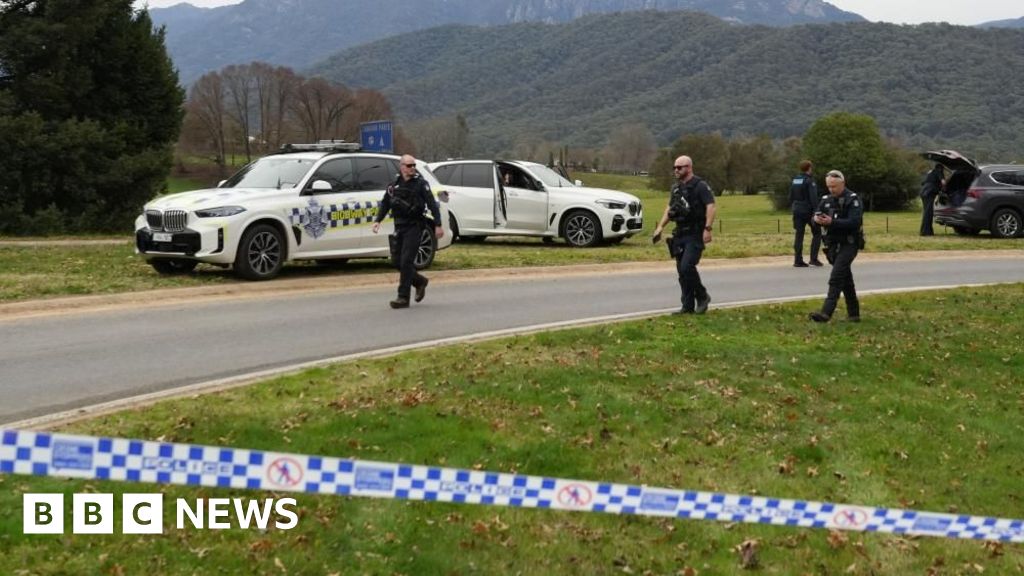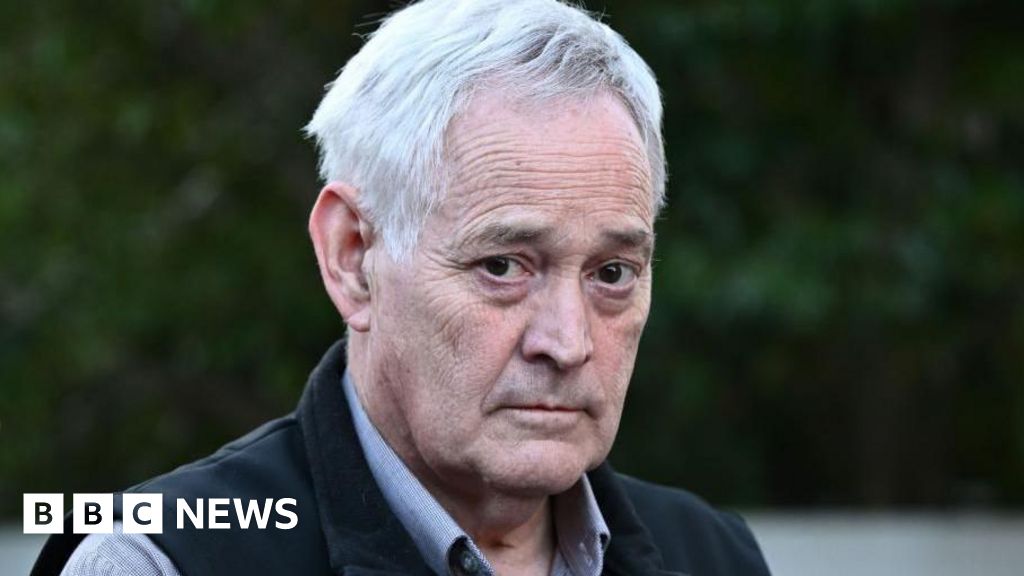In Australia, true crime has crafted an unexpected twist, with Erin Patterson transitioning from an online enthusiast to the focal point of a sensational murder trial. Two years back, Patterson hosted a dinner that led to the tragic deaths of three individuals due to toxic mushrooms disguised in beef Wellington. This incident not only shattered lives but also ignited a nationwide fascination with her case.
As the trial progressed over 11 weeks, an influx of journalists and curious onlookers flocked to the small town of Morwell, eager to witness the proceedings firsthand. From eager spectators waiting in freezing conditions outside the courthouse to documentary teams capturing every moment, it became clear that Patterson’s story had transcended the courtroom, entering the realm of pop culture.
The case’s intrigue is amplified by Patterson’s previous status within the true crime community. Known for her online sleuthing skills, she developed a formidable reputation while discussing notorious criminal cases, including that of Keli Lane. Ironically, as Patterson stood trial herself, she became an object of scrutiny and speculation, prompting fervent discussions online about her motives and character.
Public interest surged, with thousands dissecting evidence, generating wild theories, and even creating memes during the trial’s most intense moments. Some observers found themselves torn between condemnation and curiosity, grappling with the morality of their fascination. The analysis of her demeanor, including her clothing choices during critical moments, became fodder for armchair detectives.
The tragic impacts of the case were echoed in local communities, where the victims—Don and Gail Patterson along with Heather Wilkinson—were cherished members of society. Local officials noted the stark disconnect between the media circus and the profound grief of those affected.
The Patterson trial has evolved into a cultural phenomenon, inspiring various forms of media and igniting debates about societal perceptions of female perpetrators. Experts posit that societal narratives around women who kill often clash with traditional views of femininity, adding another layer of complexity to public reactions.
As the fallout from Patterson's trial reverberates through media and community discourse, questions linger around the motivations behind such intense public engagement with the darker sides of human nature, ultimately revealing much about societal fears and fascinations with crime.






















